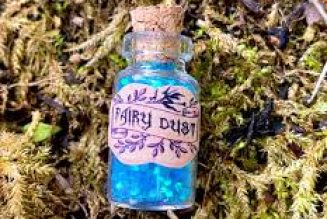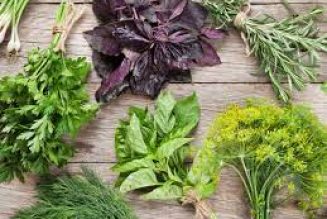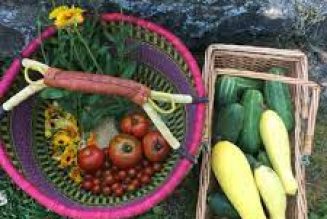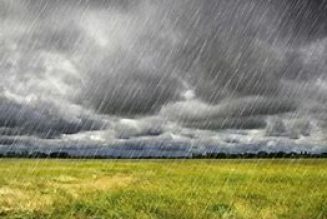StatusAmber – Vulnerable and Near-ThreatenedBest Time to SeeJune, JulyColourYellow, WhiteHabitatGrassland
A SMALL, ATTRACTIVE, CREEPING PLANT WITH DAISY-LIKE FLOWERS AND FEATHERY LEAVES.
This perennial wild plant is low growing and spreads by rhizomes. It has a fresh apple scent when crushed and for this reason, Elizabethans planted Chamomile lawns and seats.
WHERE TO FIND CHAMOMILE.
It used to be fairly common in Britain, but it is now only found in a few areas of southern England, notably the south-west and the New Forest. It prefers mown or grazed grassland in open places, such as sandy heaths, cricket pitches, coastal cliff-tops or open glades in light woodland.
HOW’S IT DOING?
It is classified as Vulnerable and is therefore considered to be facing a high risk of extinction in the wild. Its decline has been caused by clearance of heaths, drainage of winter-wet grasslands, loss of pastures to arable fields, and reduced grazing on commons.
DID YOU KNOW?
- The Chamomile flowers used commercially for tea, shampoo and poultices are mainly from the double variety flore-pleno. However, flowers from the wild variety are almost as good. Tea can be made from the fresh or dried flower heads.
- It has been used as a traditional medicine to treat colds, as an anti-inflammatory and a calming agent.
- It is known as the True or Roman Chamomile.








